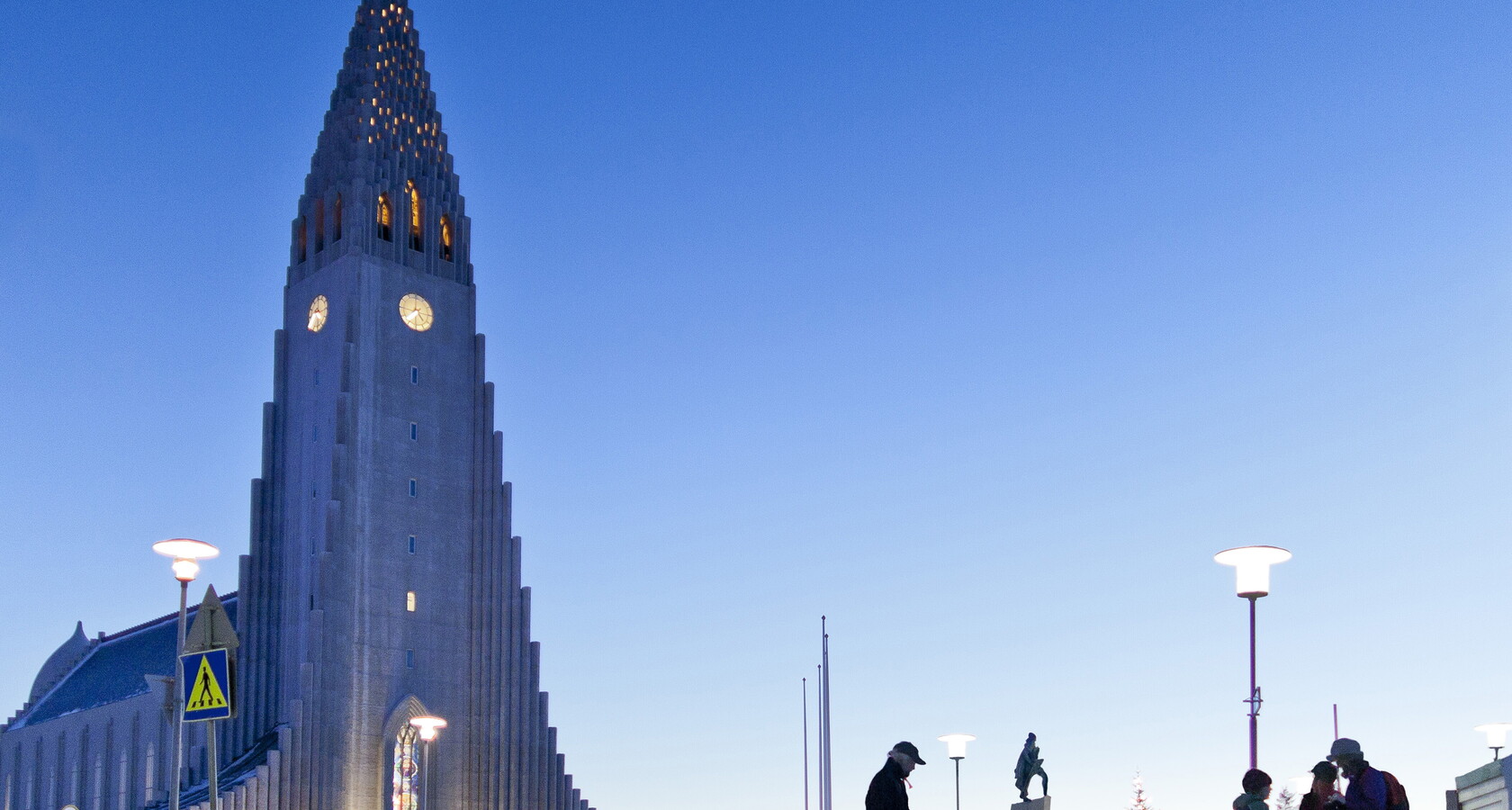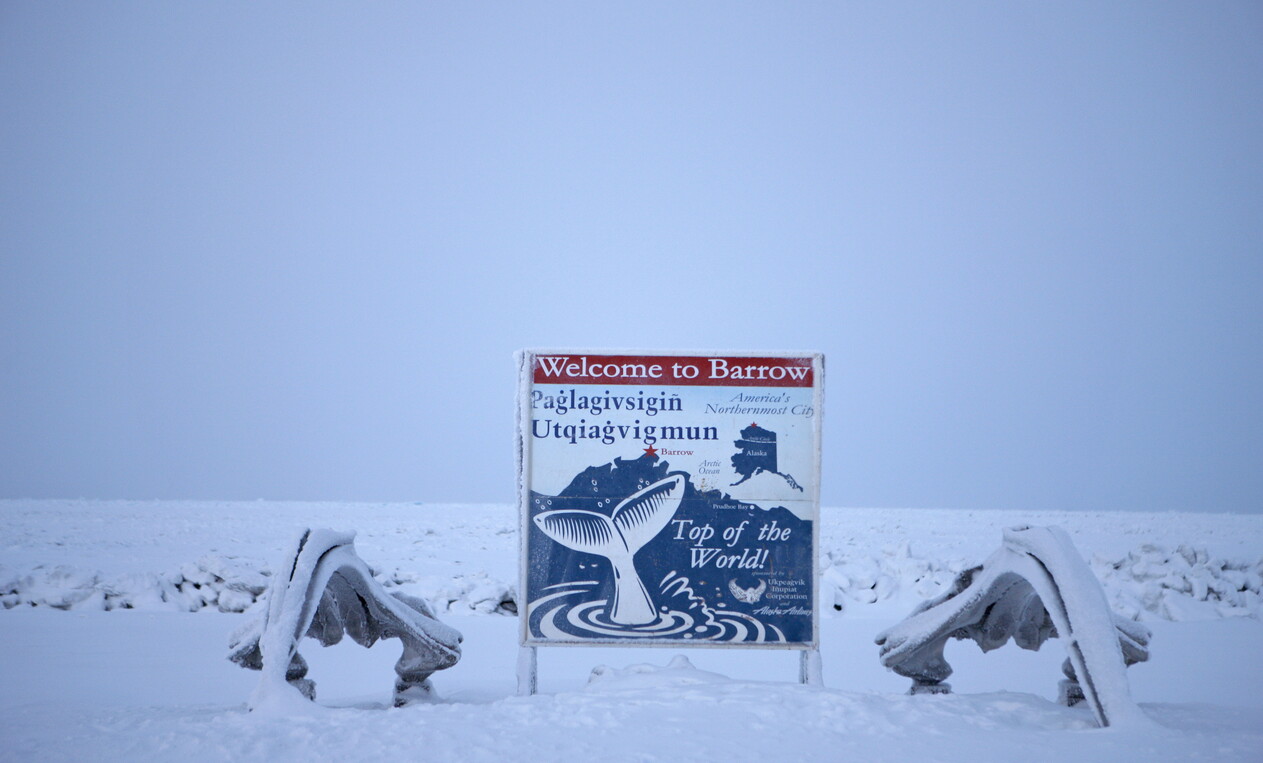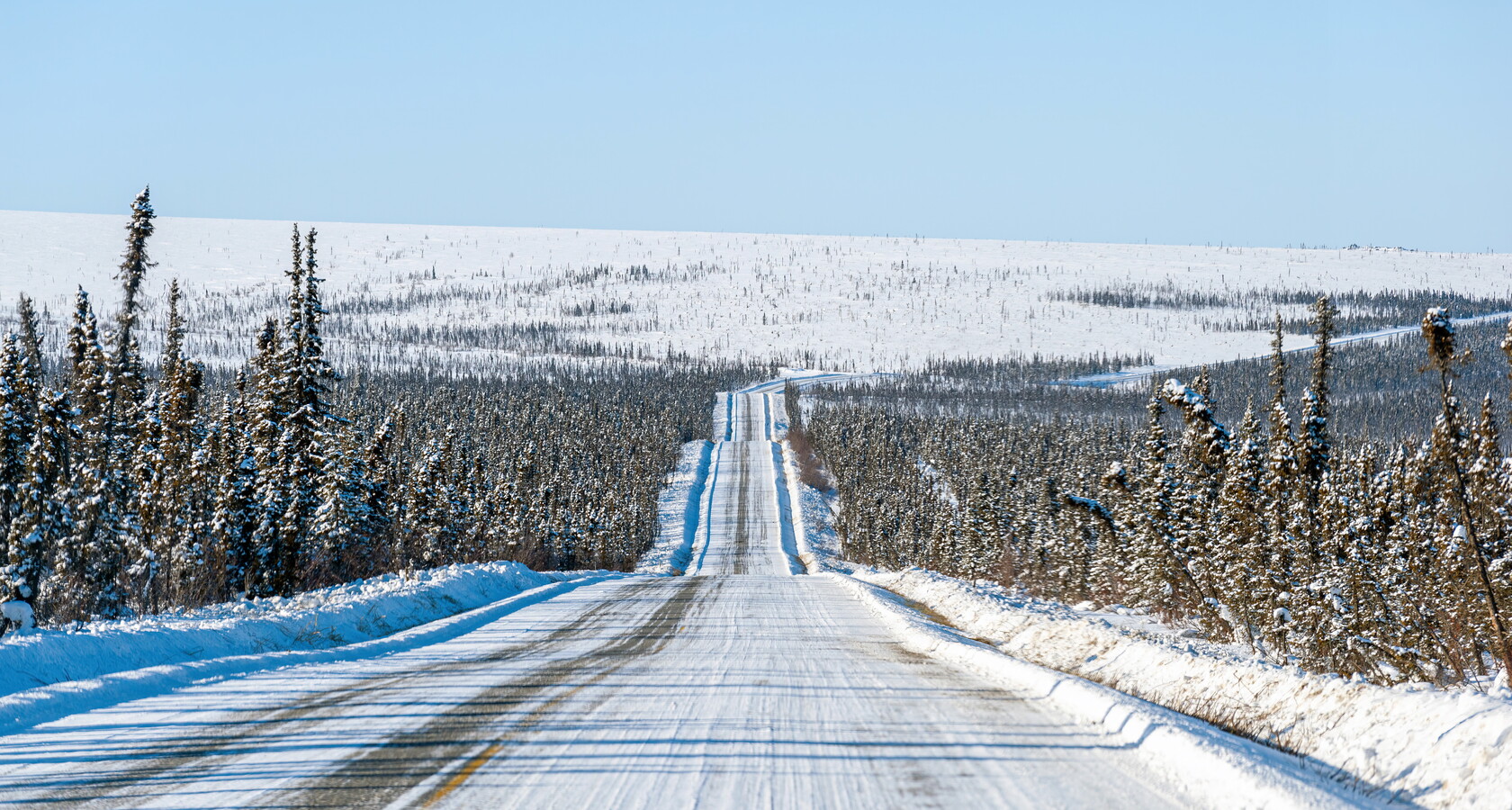
The new frontier of geopolitics
The keys to the future
The Arctic is increasingly at the center of global competition, driven by the exploitation of resources, emerging trade routes, and shifting military strategies. The United States, Russia, and China are all strengthening their presence in this strategically vital region
5 minD
estination: the far north. Back then it was called Barrow (in 2016, it reverted to its original name, Utqiagvik)—the northernmost settlement in the United States, located in Alaska, 320 miles above the Arctic Circle. With a population of 4,000, about 60 percent are Iñupiat. For two months each year, the town experiences polar darkness; from May to August, the sun never sets.
It was December 2010, and the thermometer read -20°C. My assignment was to report on energy in the land of ice—to describe the lives of workers at the Prudhoe Bay plants and gather stories about the Trans-Alaska Pipeline System (TAPS), which cuts across the state from north to south and once symbolized a new era of development. What I found was a far more complex and layered region, marked by stark contrasts, unexpected collaborations, and a landscape that challenges even global powers.
On one side is the oil industry, which has turned the Arctic into an economic engine. “Every family in Alaska contributed in some way to the construction of TAPS,” then–Anchorage mayor Dan Sullivan told me. On the other side is an ancient and resilient population—the Inuit—custodians of centuries-old traditions in a land where nature still dominates. They have adapted to the resource boom, and in some ways, benefited from it. The ice roads—northern Alaska’s only highways, usable only in winter—are a success story of local initiative. Communities formed consortia to build them, playing an active role in their creation.

As new geopolitical challenges emerge in the Arctic, President Donald Trump formally announced plans to expand drilling in Alaska and revive a long-dormant project to build an 800-mile gas pipeline. He claimed it would be “the largest pipeline in the world,” with a price tag of $44 billion, and will begin operations by 2031. The pipeline would carry 3.3 billion cubic meters of gas per day from the North Slope to local communities and to an LNG export terminal south of Anchorage. Taiwan—which relies entirely on imports for its gas needs and is the world’s leading semiconductor producer—has already signed a letter of intent to join the project. South Korea, Japan, and the Philippines have also expressed interest. Trump’s goal: to open new routes to Asia and invest in a strategic frontier—the Arctic.
In this context, Greenland becomes a crucial piece of the puzzle. As the melting ice makes northern sea routes more accessible, the island is increasingly central to control over Arctic navigation. The U.S. already maintains a major military installation there: the Pituffik Space Base (formerly Thule Air Base), active since World War II and key to missile defense and radar surveillance. The shortest path for Russian missiles or aircraft to reach the United States—and vice versa—passes directly over the Arctic Ocean, a zone also patrolled by numerous submarines.
According to the Arctic Institute, both Russia and China have significantly ramped up their military presence in the region. Russia has reopened and modernized several large bases and airfields that had fallen into disuse, while China is heavily investing in polar research and exploration. Though Trump’s overtures toward Greenland—at one point suggesting the U.S. could purchase it—were widely mocked, Danish Foreign Minister Lars Løkke Rasmussen said last January that he was “ready to continue talks with the incoming U.S. president to ensure legitimate American interests” in the region, citing concerns over “a rearming Russia and a China that is also beginning to show interest.” Greenland now sits at the crossroads of global power. The U.S. has no intention of standing idle. Trump has hit the nail on the head: whoever controls the Arctic holds one of the keys to the future.

